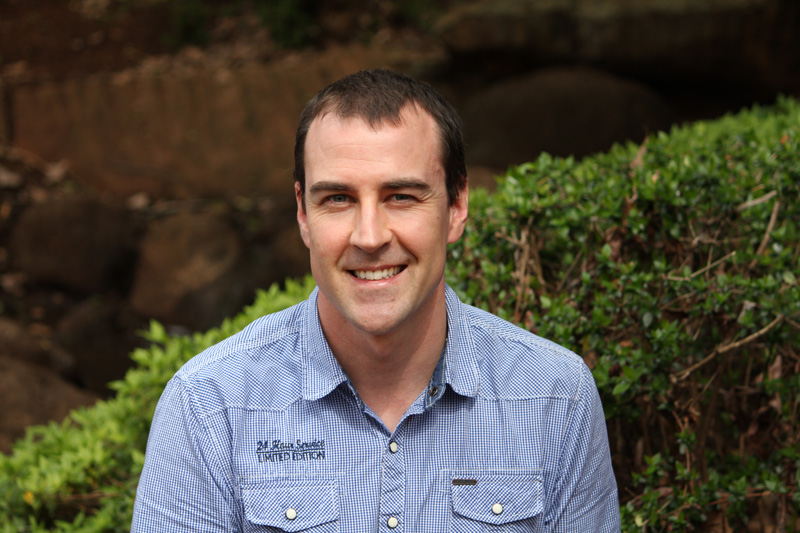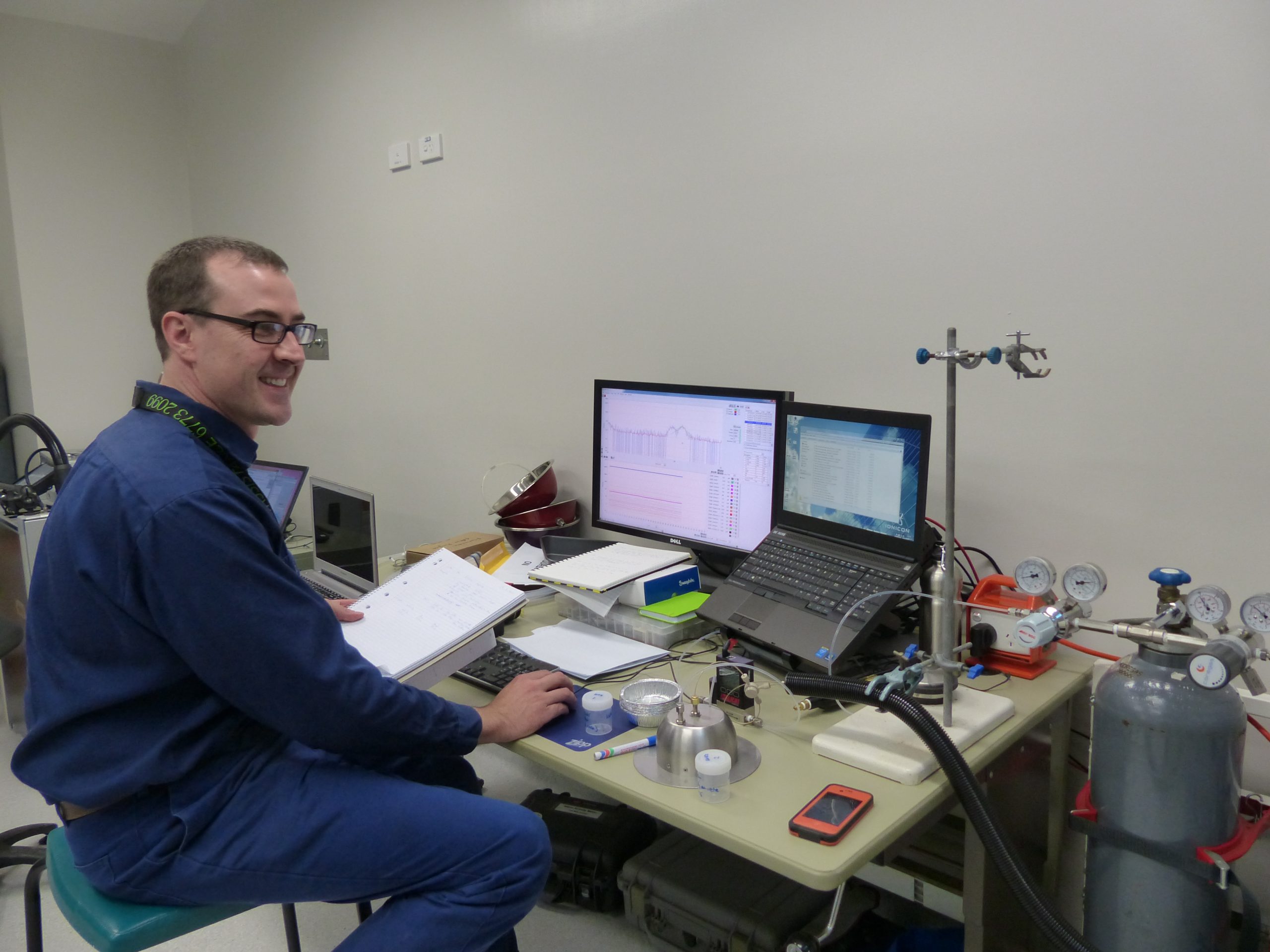Poultry CRC PhD student, Mark Dunlop, has just submitted his thesis Quantifying poultry litter conditions and relationships with odour emissions. The title belies the importance of Mark’s work, because, as he says, it is the potential of future odour impacts on neighbours that “restricts growth of the chicken meat industry and places pressures on the supply of chicken meat to Australian consumers”.

And it is an area of surprising complexity, covering things like how alternative bedding materials evolve differently into spent litter through a production cycle; molecular diffusion and boundary theories; calculating litter wetting due to excretion and normal drinking spillage; understanding bedding and litter water holding capacity, porosity and evaporation rate; water activity (or the equilibrium relative humidity) in litter; impact of litter pH on the level of gaseous emissions; chemical identities of specific odorants from litter; and differences in components of odours released from wet and dry litter.
Mark is no newbie to the study of chicken litter: his involvement in CRC research stretches back to 2004 on the ground-breaking project Dust and Odour Emissions from Poultry Sheds, which provided reports on both layer and meat chicken sheds. More recently, Mark has been part of the research team for Poultry CRC collaborative project Litter management strategies to reduce odour emissions from poultry litter.
Mark’s commitment to, and enthusiasm to help, the poultry industry goes far beyond research. He has delivered a number of effective workshops on optimising litter management, in Queensland, Victoria and South Australia, thereby giving growers around the nation the tools to adopt research outputs on farm.
Ultimately, as Mark says, the recommendations for industry turn on the reality that the “causes of ‘wet litter’ are multifactorial, but ventilation management is paramount”. Mark’s considered view is that “future research should focus on technologies or strategies that reduce relative humidity at the litter surface”.


